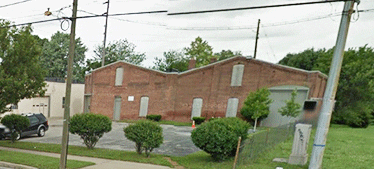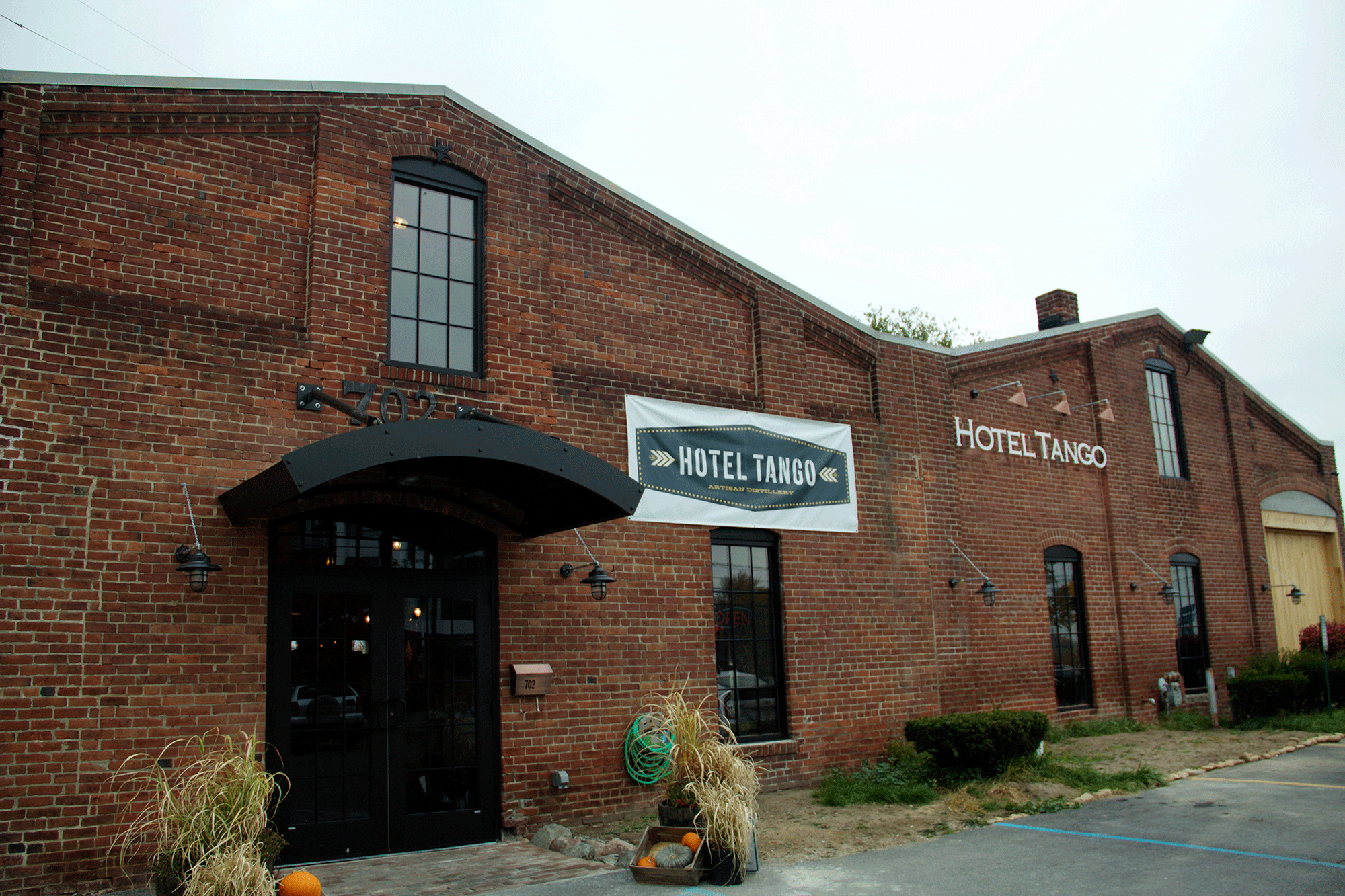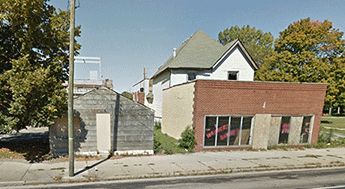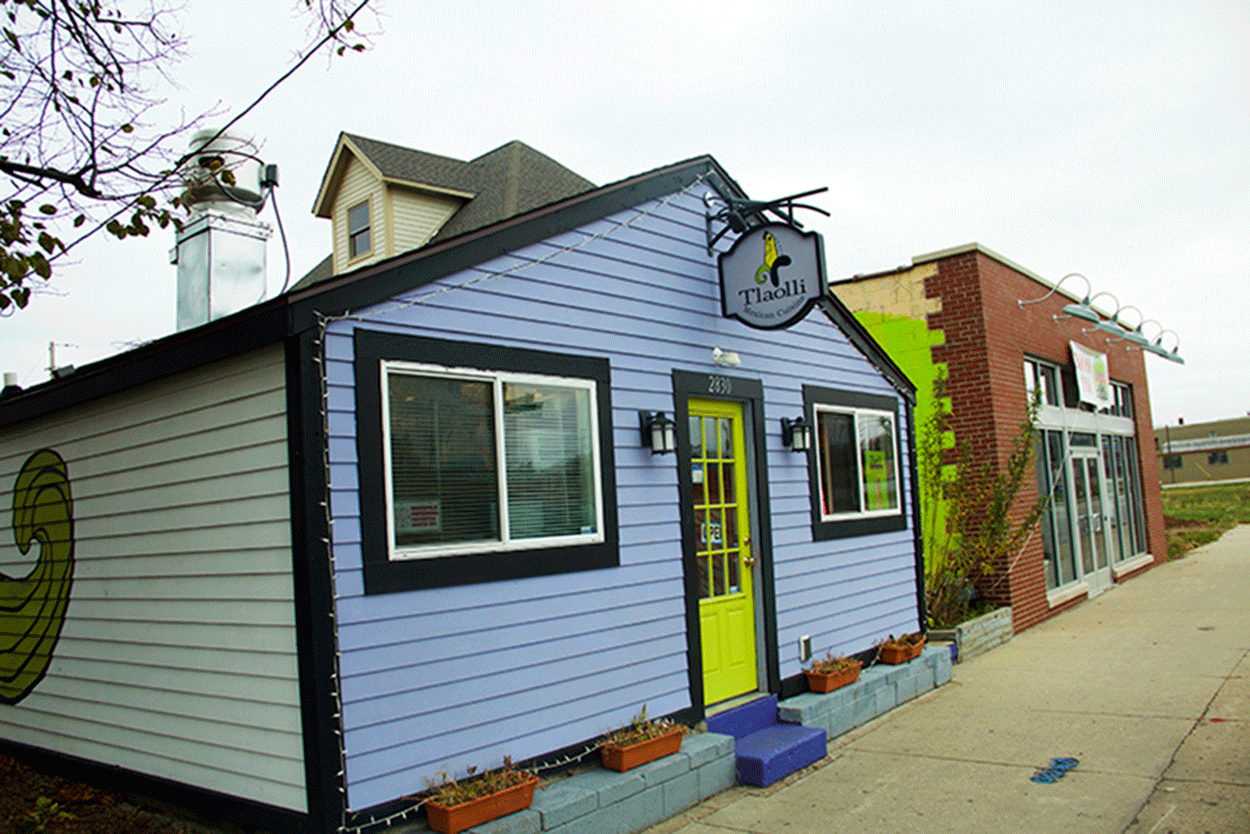
Left to decay, they spoiled the commercial appeal of neighborhoods and, sometimes, entire cities.
While government leaders in cities like Pittsburgh, Chicago and Milwaukee led the charge to invest in redeveloping the sites and retraining workers, many other cities have been unable or unwilling to raise the revenue to fund such investments. Instead, non-profits and grassroots community groups are stepping up to save neighborhoods and encourage new businesses to develop.
After three tours of duty in Iraq, Marine Sgt. Travis Barnes was back home studying law at Indiana University when he heard the state was issuing its first distiller’s permits since the end of Prohibition. Barnes had recently bought a custom still and dreamed of opening his own artisan distillery. Together with his wife, Hilary, and some school friends as business partners, he bought a boarded-up 19th-century buggy factory in southeast Indianapolis and threw himself into a new profession.
“The building was a shell,” says Barnes, who bought the place in 2013 with visions of a neighborhood bar and lounge with an historic vibe. “There were no doors, no windows, no electric and no plumbing. But we really wanted to be here.”

In September, the Hotel Tango Artisan Distillery—a name created from the NATO phonetic alphabet codes for H (Hillary) and T (Travis)—opened its doors to an eager clientele. By February, they had nine employees and were expanding their product line.
Even small businesses like Hotel Tango can have dramatic multiplier effects on the local economy. In addition to creating nine full-time jobs, the distillery’s grains and other raw ingredients come from Indiana farmers.
“Indianapolis is going to pioneer re-industrialization led by non-profits,” said Bill Taft, executive director of the Indianapolis office of the Local Initiatives Support Corporation (LISC). “Since we started working in Indianapolis in 1992, we’ve been very successful revitalizing urban retail and housing. Ultimately though, our city needs economic development that creates more jobs.”
Non-profits can move quickly and effectively to fix problems that confound governments and the private sector, according to Adam Friedman, the director of the Pratt Center for Community Development in New York City. Friedman, who heads a national initiative to help cities develop their innovation and manufacturing economies, points out that when city economies fail, non-profits can “step in to provide the space where companies can grow and create jobs.”
In Indianapolis, LISC’s economic development programs not only emphasize job creation, but also work to develop a neighborhood’s cohesiveness and connect it with the regional economy. Businesses receiving grants improve their facades, renovate vacant buildings and promote foot traffic. For the neighborhood, it means new professional and blue-collar jobs and tax revenue from a thriving downtown where people can walk, shop, dine and connect in renovated historic buildings.
“We have a lot of dated industrial property in the city we want to see remedied,” says Adam Thies, head of Indianapolis’s Department of Metropolitan Development. “When you improve infrastructure, you also get more intangible changes like improving the perception of the area, marketing it as strong and vibrant.
Much as blight can be contagious, so can renewal. Down the block from Hotel Tango, Jonathan and Ashley Brooks turned an old transmission shop into Milktooth, with help from nonprofit investment. Now roll-up garage doors pour natural light onto a lunch counter that serves signature sweet tea-fried chicken and cornmeal pancakes.

Another façade grant helped create a home for Tlaolli Tamales, a deep purple bakery where Carlos Hutchinson and his daughter make and sell fresh tamales “re-invented” with olive oil instead of lard.
Tlaolli’s façade and colorful patio attract a lunchtime crowd, enabling Hutchinson to set up a retail business to complement his wholesale trade selling frozen tamales to local grocery stores.
Local nonprofits are also practicing the work they preach. The Platform—across the street from City Hall and blocks from the state capital—was set for demolition in 2012, but LISC convinced the city to spend the wrecking money on renovation instead. Today, nine organizations operate in the historic space.
In some parts of the city, the sheer scale of the work to be done is astounding. The Circle City Industrial Complex, a half-mile long building in the city’s northeast, may not look like much to drivers passing by on I-65—the “R” and “L” have fallen off of its sign, and its blue paint is faded and streaked. Longer than the Empire State Building is tall, it’s impossible to take in the whole building at once from the ground. For community developer gurus, that makes it a prime candidate for transformation: low cost and plenty of room for businesses to expand. Already, a group of artists, designers, and builders called RUCKUS has plans to move into a small portion of the building and turn it into a makerspace. As their community grows, there’s plenty of space to expand into.
“If we can put this building back to work, we can put any building in Indianapolis to work,” says Taft. “And if we can do it here, we can do it anywhere.”
(Photographer: Samuel Dolgin-Gardner, courtesy of Local Initiatives Support Corporation)







Comments